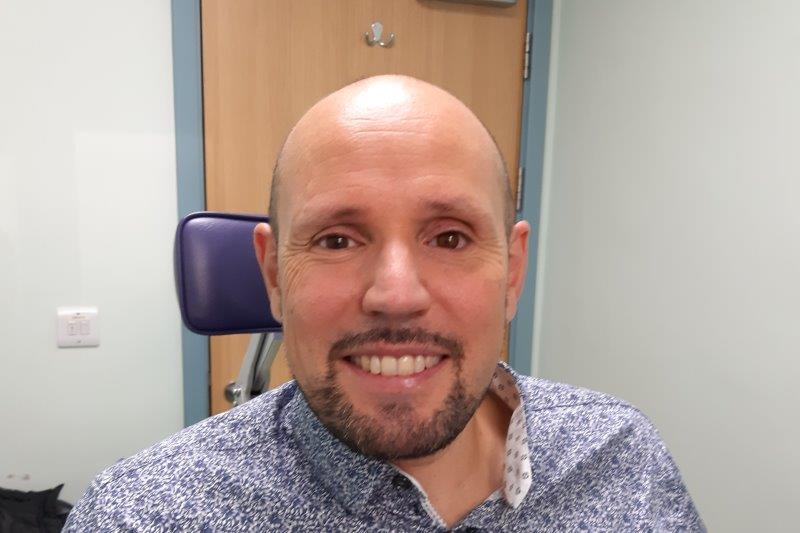First 3D-printed prosthetic eye implanted
A Moorfields Eye Hospital patient has become the world’s first person to be fitted with a 3D-printed prosthetic eye.
The patient, Steve Verze, an engineer in his 40s, said, “I’ve needed a prosthetic since I was 20 and I’ve always felt self-conscious about it. I often take a second glance in the mirror, and I’ve not liked what I’ve seen. This new eye looks fantastic and, being based on 3D digital printing technology, it’s only going to be better and better.”

Professor Mandeep Sagoo
The 3D-printed eye is a true biomimic; it’s more realistic, with clearer definition and real depth to the pupil, said Moorfields, plus the 3D-printing process also avoids invasive moulding of the eye socket, which requires general anaesthetic for children. Traditional hand-painted prosthetics take around six weeks to complete. Verze’s prosthesis was printed in Germany within 2.5 hours and the eye then sent to a Moorfields ocularist to finish, polish and fit. The whole process takes two to three weeks, said Dr Mandeep Sagoo, professor of ophthalmology at the NIHR Biomedical Research Centre at Moorfields Eye Hospital UCL. “We hope the forthcoming clinical trial will provide us with robust evidence about the value of this new technology. It clearly has the potential to reduce waiting lists.”
According to Moorfields, around 70,000 people in England require a prosthesis, with each one needing a replacement every five years.


























